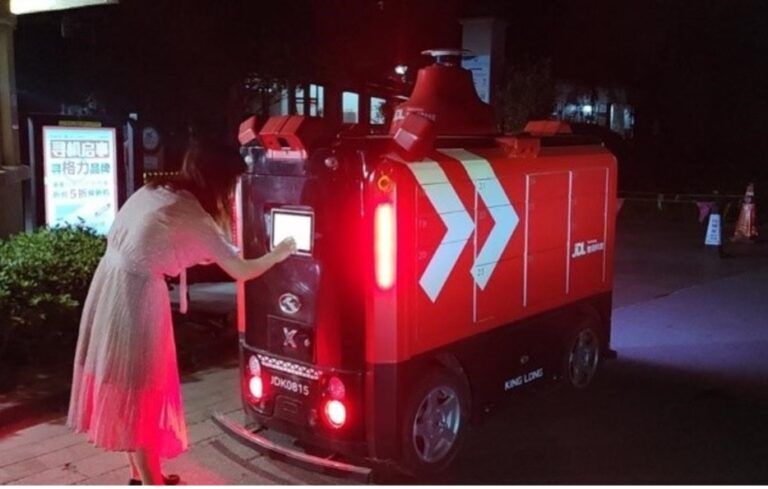China’s largest online retailer JD.com has announced that it is rolling out 30 new Level-4 autonomous vehicles in Changshu, Jiangsu province, to satisfy delivery demands of consumers in its new 618 Grand Promotion.
The announcement follows the issue, last month, of China’s first road test licenses for autonomous delivery vehicles. JD became one of the first three enterprises in China to obtain the qualification, along with Meituan and Neolix.
JD’s autonomous delivery vehicles are now in daily use in over 20 cities in China for the last-mile delivery of e-commerce parcels. JD is the world’s first company to apply Level-4 autonomous driving technology on public roads without any human interaction.
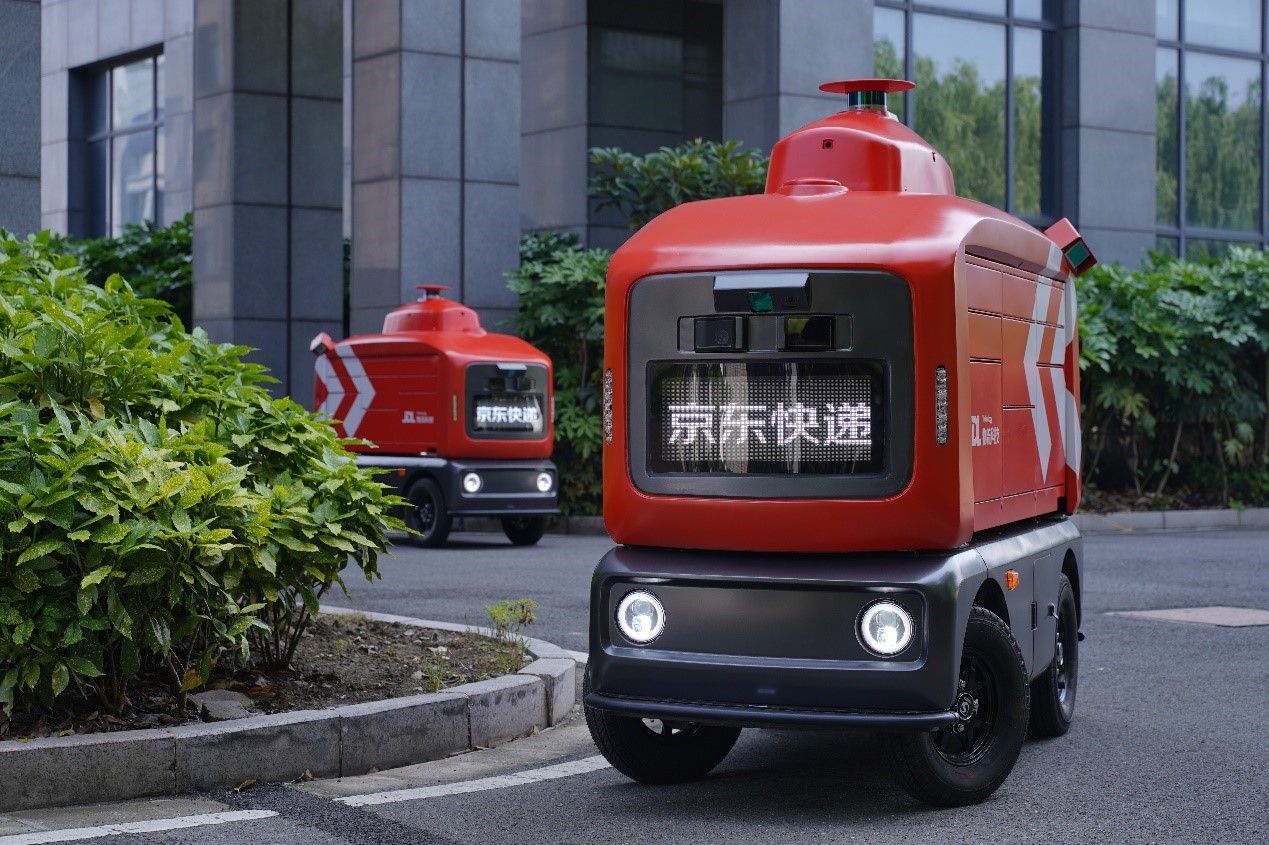
Technology research, industry development and the national conditions have enormously promoted China’s development in autonomous delivery,” says Dr Qi Kong, the chief scientist and head of JD’s autonomous driving technology.
The vehicles will carry packages from delivery stations or supermarkets to nearby office buildings, residential compounds, school campuses and more.
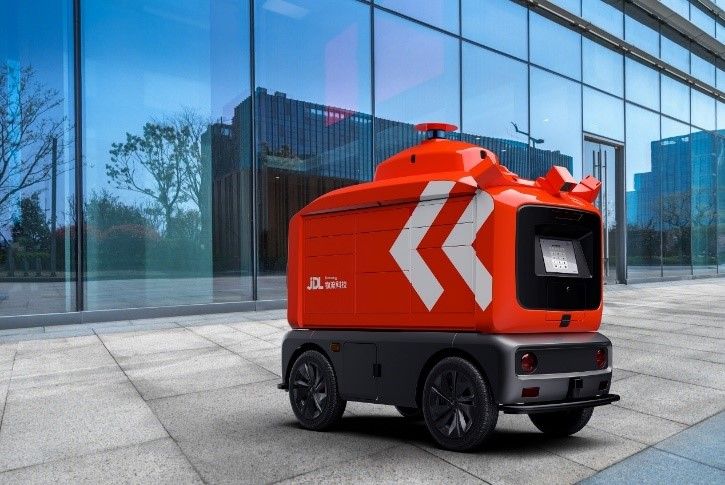
In addition to satisfying consumers’ demands for instant delivery, the adoption of autonomous delivery vehicles can potentially re-allocate couriers’ working time by releasing them from parcel delivery and giving them the chance to spend more time on customer service and the maintenance of vehicles.
For example, in Changshu, over one fifth of JD’s delivery stations have used autonomous delivery vehicles for daily operations, enabling couriers to deliver 1.5 times the orders during peak sales seasons such as the 618 Grand Promotion.
Dr Kong adopts a concept of “human-machine synergy” to enable employees to handle tasks smartly and swiftly. “Profit margins in the logistics industry are not very high. By introducing autonomous delivery, the structure of the industry and margins will be improved in the long run.”

The in-house technologies
The core of JD’s autonomous delivery robots is the autonomous driving system developed in-house.
“We designed the vehicle as a driverless one from the beginning, unlike many passenger vehicles which were transformed to be driverless,” says Dr Kong.

Many of JD’s competitive companies mainly test robots in closed parks, rather than on public roads. For a public road where traffic conditions are more complicated, the technology must be similar to that of a robo-taxi, which uses highly autonomous driving technology for public roads.
Using AI models to integrate information from sensors such as laser radar and computer vision cameras, the vehicle can recognize and avoid obstacles. Its recognition accuracy rate for small items such as traffic cones and fences can reach 98%.
JD’s technology enables the vehicle to travel in tunnels and over bridges, as well as under various weather conditions including mid rain. When faced with complicated traffic intersections, it can intentionally plan its route.
Even under scenarios which requires such high calculation, Dr. Kong’s team is able to lower the power consumption of arithmetic logic unit to 10% of the industry average which is about 60 Watt, and is believed to be the lowest in the world for Level-4 vehicles.
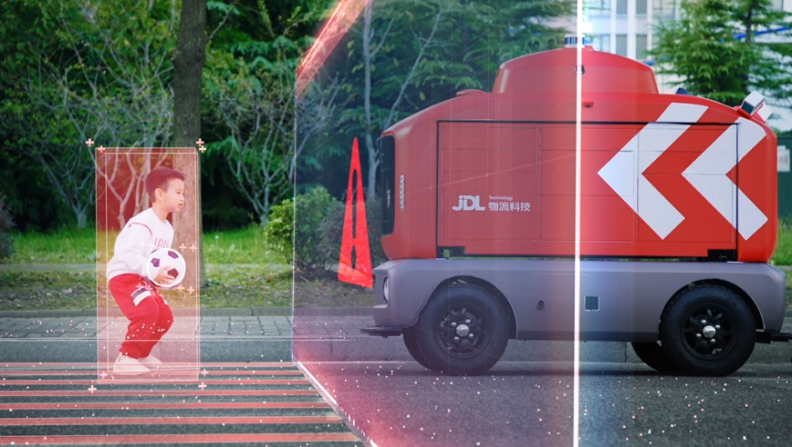
“One of the most significant advantages of JD doing this is [the company’s] massive e-commerce scale and nationwide self-operated logistics network,” says Dr Kong. He believes that the development of autonomous vehicles relies on large-scale operation to accumulate enough data to adequately train AI and realize a snowball effect.
“Looking at the industry from a global perspective, China has an advantage over other counties,” said Dr Kong. “For example, its road conditions are much more complicated than in the US which means running the same distance, the vehicle will learn more and the technology will grow faster.”
JD also researched a cloud simulation platform which accumulates historical operations data and is able to discern how the robot should behave in numerous traffic scenarios, improving the vehicle’s ability to drive safely on open roads. Its autonomous delivery vehicle management platform can enable one staff member to supervise as many as 50 vehicles in operation at the same time, to handle unexpected situations. “The number could be increased to 100 along our continuous improvement of the technology,” said Dr. Kong.
JD is currently entitled to over 400 patents in the field of unmanned delivery, covering the aspects of environment sensing, high resolution mapping, simulation, operating system, design and more.
The game changer
The pandemic has accelerated the commercialization of autonomous delivery vehicles. In February 2020, JD’s autonomous delivery robot was put into use in Wuhan, the epicenter of the Covid-19 outbreak in China, to ensure contactless delivery to hospitals and residential compounds. The robot traveled over 6,800 kilometers and delivered more than 13,000 packages.
According to Kong, autonomous delivery can be applied in last mile scenarios far beyond the logistics industry.
“There are many demands, such as food delivery, that can be satisfied through an autonomous delivery network. This network is not just about providing value to one company, but rather can benefit society as a whole.”

JD’s autonomous delivery vehicles are already being used to deliver fresh produce from supermarkets to residential compounds in Yizhuang, Beijing. Rakuten, the retail giant in Japan, also adopted JD’s vehicles to deliver convenience store orders in Tokyo.
In addition, the cost for unmanned delivery vehicles has also been lowered with the development of technology. According to Dr Kong, the cost for laser radars has decreased from tens of thousands of US dollars in 2016 to a few thousand RMB now.
“With the increase in production capacity, the cost of each JD autonomous delivery vehicle could be as low as RMB 60,000 to 80,000 yuan in the near future,” said Dr Kong.
Eventually, autonomous delivery vehicles will become a part of the city’s infrastructure, “like subways,” said Kong. They will lead the transformation in urban supply chain, and even reshape the retail industry. “One thing is for certain – it will make the entire industrial chain more agile and digitized.”
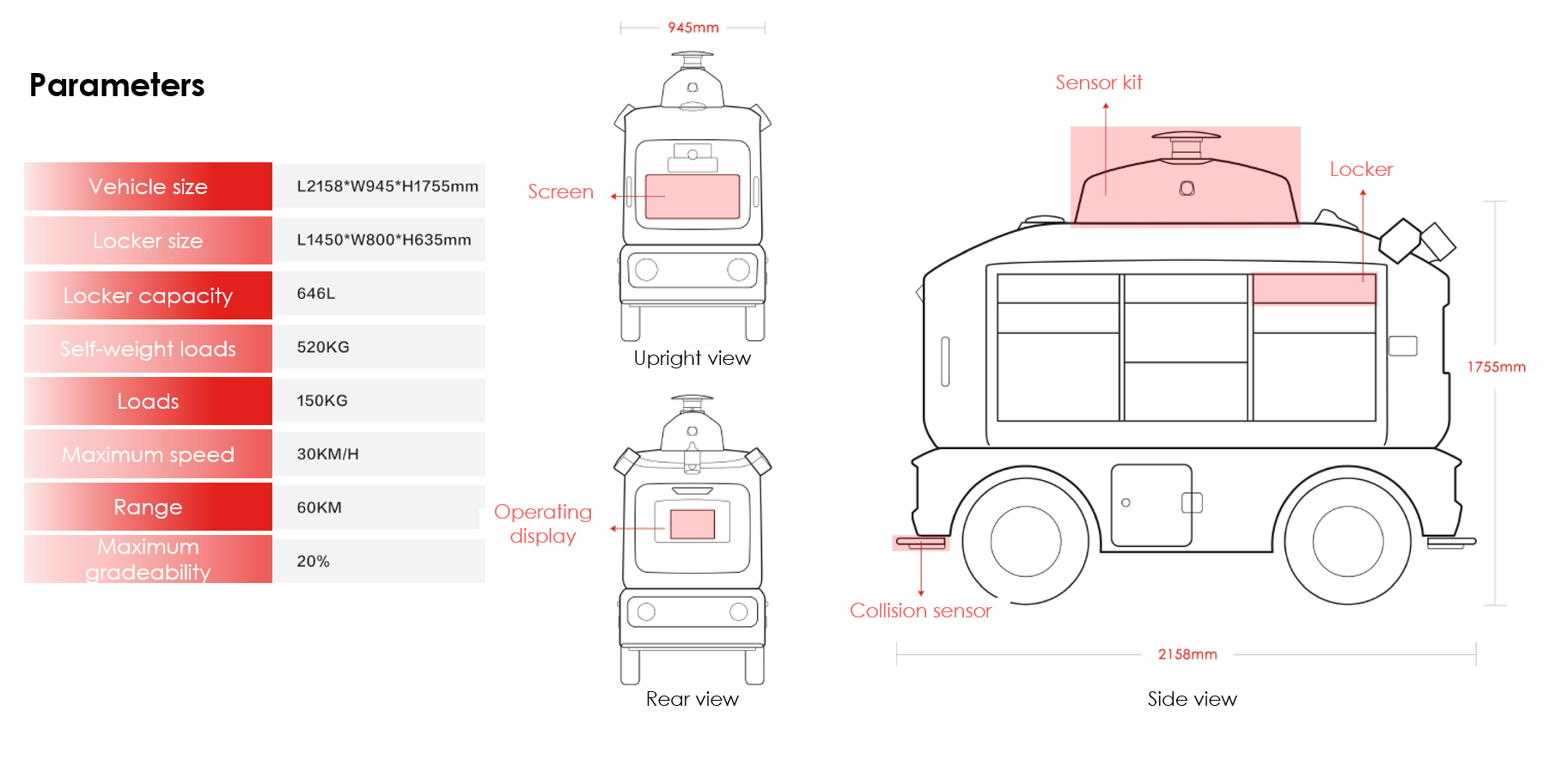
Upgraded functionality
The new JD autonomous vehicles being deployed in Changshu will for the first time support “scheduled delivery,” in which customers can designate times for the vehicle to come to their doorsteps. By transforming the vehicles into “mobile stations,” it will provide even more convenient last-mile delivery service to customers.
Besides last-mile, the vehicles will be utilized to transfer goods among different JD delivery stations, to facilitate the parcel surge during the 618 sales period or customers changing their addresses.
JD’s autonomous delivery vehicles will also be applied in more on-demand delivery scenarios. Seven Fresh supermarkets in Beijing are already adopting the robots to help deliver fresh produce orders within 3km radius.
“The manufacturing for these vehicles includes over 50 processes and over 140 checks for quality to ensure its stability,” said Dr Kong. “It marks an important step for the scalable application of JD’s autonomous delivery vehicles.”


